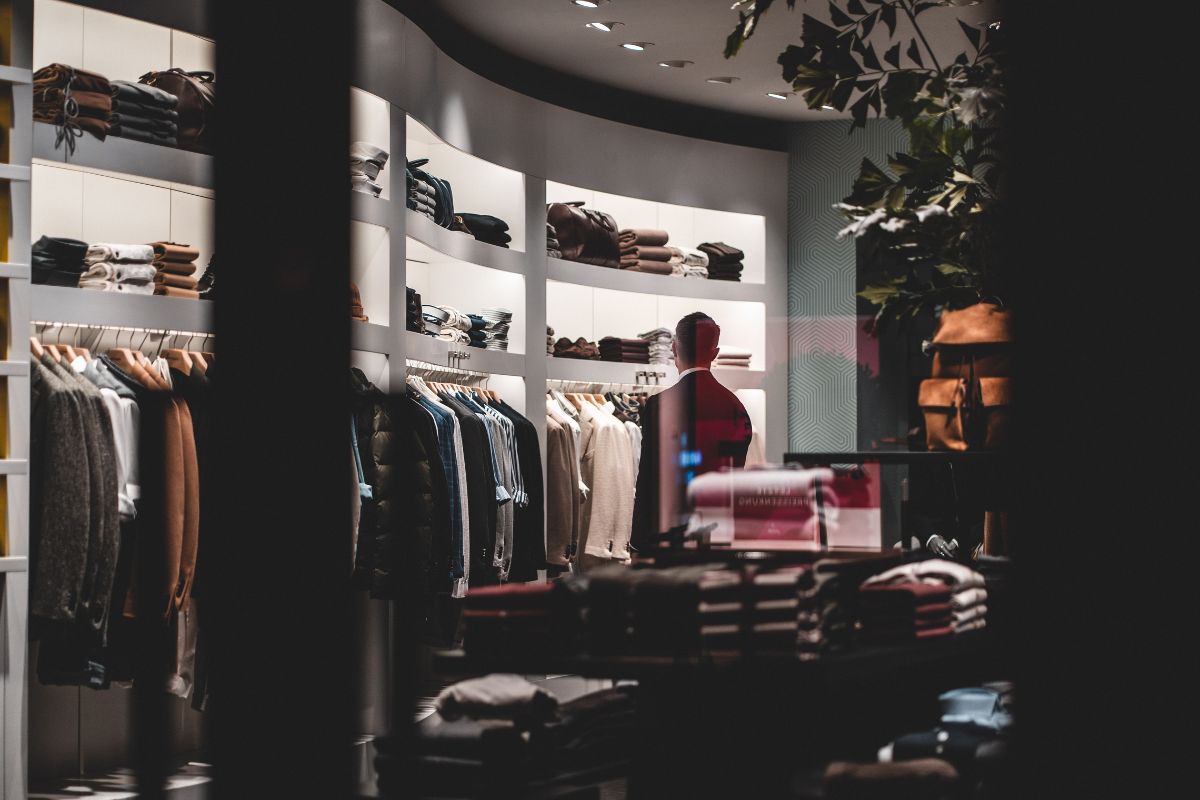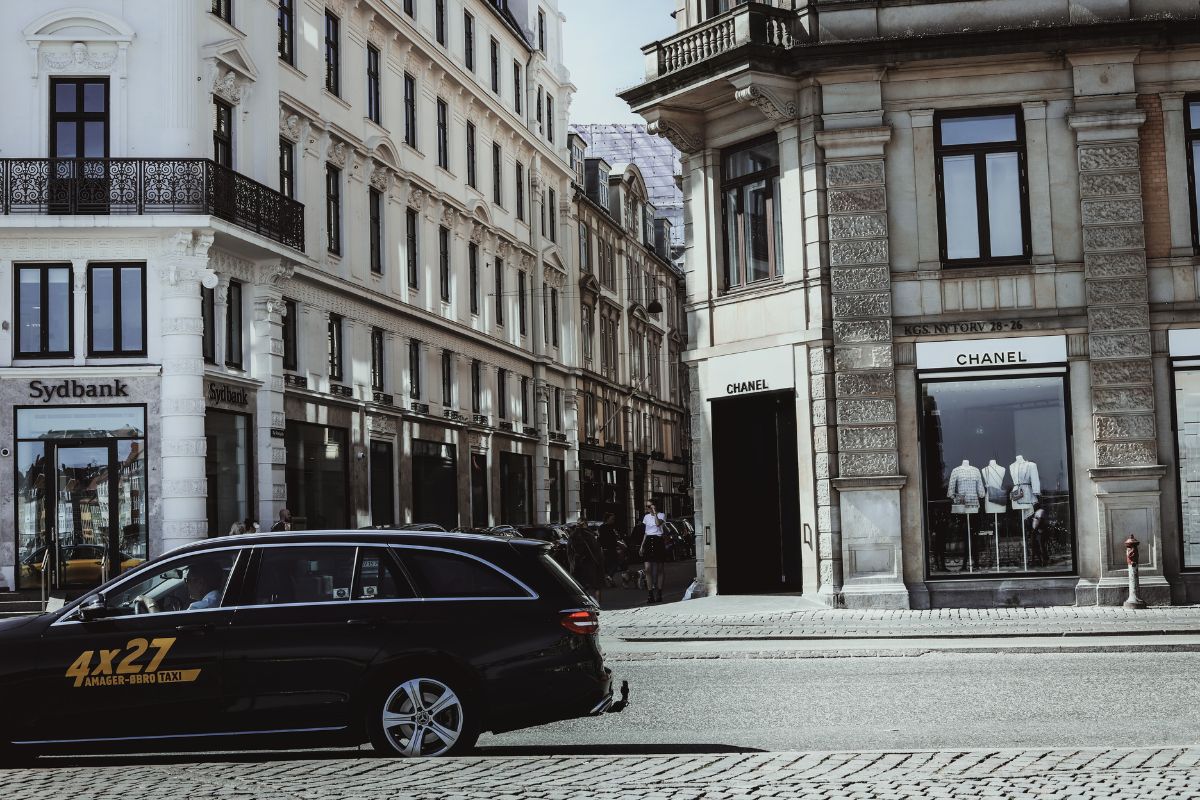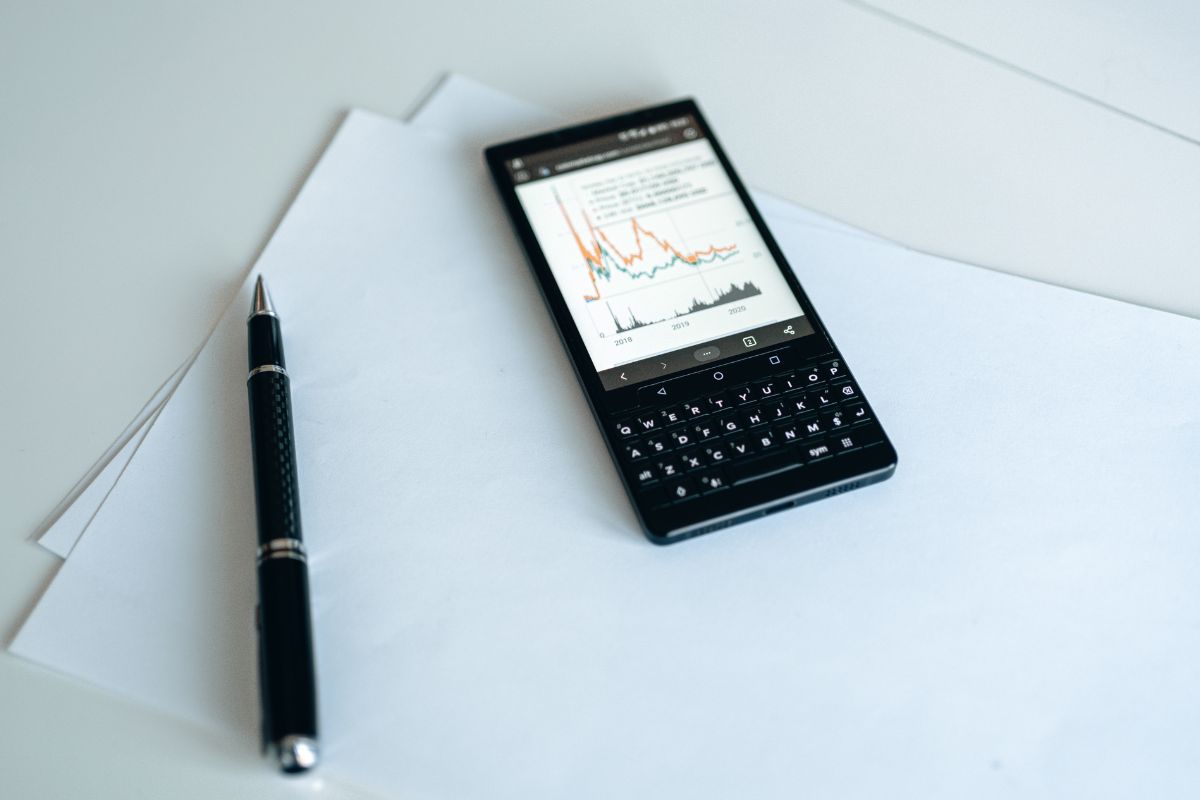Travel is recognized as an essential component of human life in the twenty-first century. It cannot be denied that this business has made significant contributions to each country’s economic development and has supported allied fields, particularly the luxury fashion industry.
According to a Fashionbi research, shopping tourism is one of the hottest travel trends, with a tremendous increase in recent years. However, reaching these potential customers is extremely difficult. Join Wanderlust Tips USA – The Leading Travel Magazine in the United States of America to learn about some efficient strategies used by luxury fashion businesses to sell their high-end clothes and boost worldwide tourism.
Luxury fashion is no longer simply high-end designs, high-quality materials, and high-performance skills showcasing status symbols, both in terms of power and money, but also inspiring stories, meaningful values, and sustainable features integrated into these clothes.
These target customers, like clever travelers who research hotels, restaurants, sites, and entertainment before going on a vacation, are also using social media to organize their shopping excursions. As a result, it is critical for luxury fashion firms to keep up with trends and deeply grasp audience insights.

Photo: Antonio Sokic
Predictive analytics around international travelers shopping behavior
Different elements in different travel countries might be regarded to have a significant impact on the expansion of retail tourism. Customers’ purchasing patterns, as you know, will account for more than half of their decisions.
It may sound like an oxymoron, but the availability of things not available in their home nations will drive the type of shop-till-they-drop responses worthy of compensating for both travel and expenses when vacationing abroad.

Photo: Liza Summer
Many consumers believe that the authenticity of the product and the level of service supplied abroad are superior to the shopping experience they have in their home nations. Furthermore, prestige is determined by a country’s reputation. It would be preferable to purchase a Chanel item in Paris rather than in China, for example.
In contrast to conscientious purchasers, some foreign shoppers shop on the spur of the moment; they rarely make a shopping list in advance. When individuals go shopping at supermarkets, they frequently buy a lot of things based on their mood, especially ladies.

Photo: Tim Douglas
Planned shoppers utilize brand websites and internet purchasing channels to understand, whilst impulse customers rely more on their companions and are more susceptible to input from friends and family.
Several companies have launched innovative campaigns that distribute relevant material to a global audience via social media. For example, Michael Kors’ What’s in Your Kors series packs fictitious handbags for trips ranging from Paris to St. Barth’s.
Outbound passengers, in particular, spend roughly half of their travel budget on shopping. Few tourists purchase with the goal of reselling when they return home.
Integrate but not dissolve
Building a brand identity does not happen overnight; it takes a lot of time and work to get customers closer to you. Once a brand’s identity is developed, it must be managed and protected. Furthermore, defining and assessing brand identity assists fashion businesses in determining where their product or service is similar to that of competitors.
With the demise of the globalization trend, fashion designers have began to look more carefully and thoroughly at elements that they had previously overlooked in order to follow development trends. The most noticeable aspects about premium fashion labels are their hooks and the peculiarities that set them apart. As an example, consider Chanel. They reject online purchasing; their internet channel is regarded as a supporting platform because the well-known brand has long desired to serve its clients in a distinctive manner.

Photo: Filip Rankovic Grobgaard
Comprehend more about rules and price politics
It is easier for folks from visa-free countries to buy premium apparel all across the world. In contrast, some of the largest spenders from China and Russia must first apply for a visa, which can take up to a month to process, delaying travel.
As we all know, China has one of the world’s largest populations, making it a perfect destination for luxury fashion firms. A number of nations are taking initiatives to speed up visa approval for Chinese visitors. Aside from France implementing a 48-hour visa and the Italian Consulate-General in Guangzhou expediting applications, China Southern Airlines began direct flights to Rome.

Photo: Nataliya Vaitkevich
Increased tourism may result in the movement of counterfeit merchandise to luxury enterprises. Many prominent companies, including Cartier, Chanel, Christian Dior, Louis Vuitton, and others, have also banded together to combat the online advertising and selling of counterfeit goods by establishing their own campaigns.
Furthermore, price policies influence purchasing decisions. Chanel’s recent declaration that it would reduce the price of its classic bags by 20% in China while increasing the price by 20% in Europe is an example of this.

Photo: AlphaTradeZone

